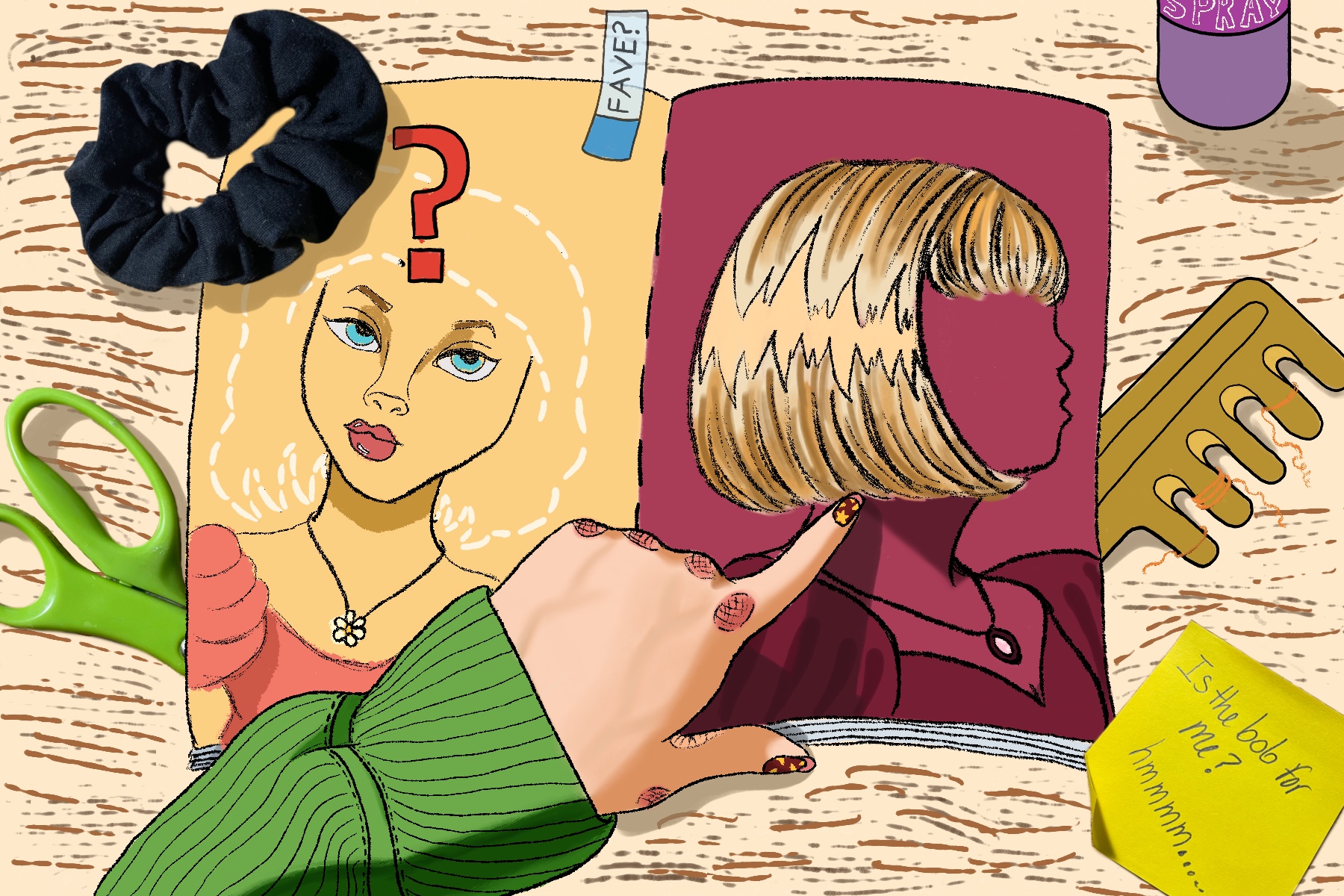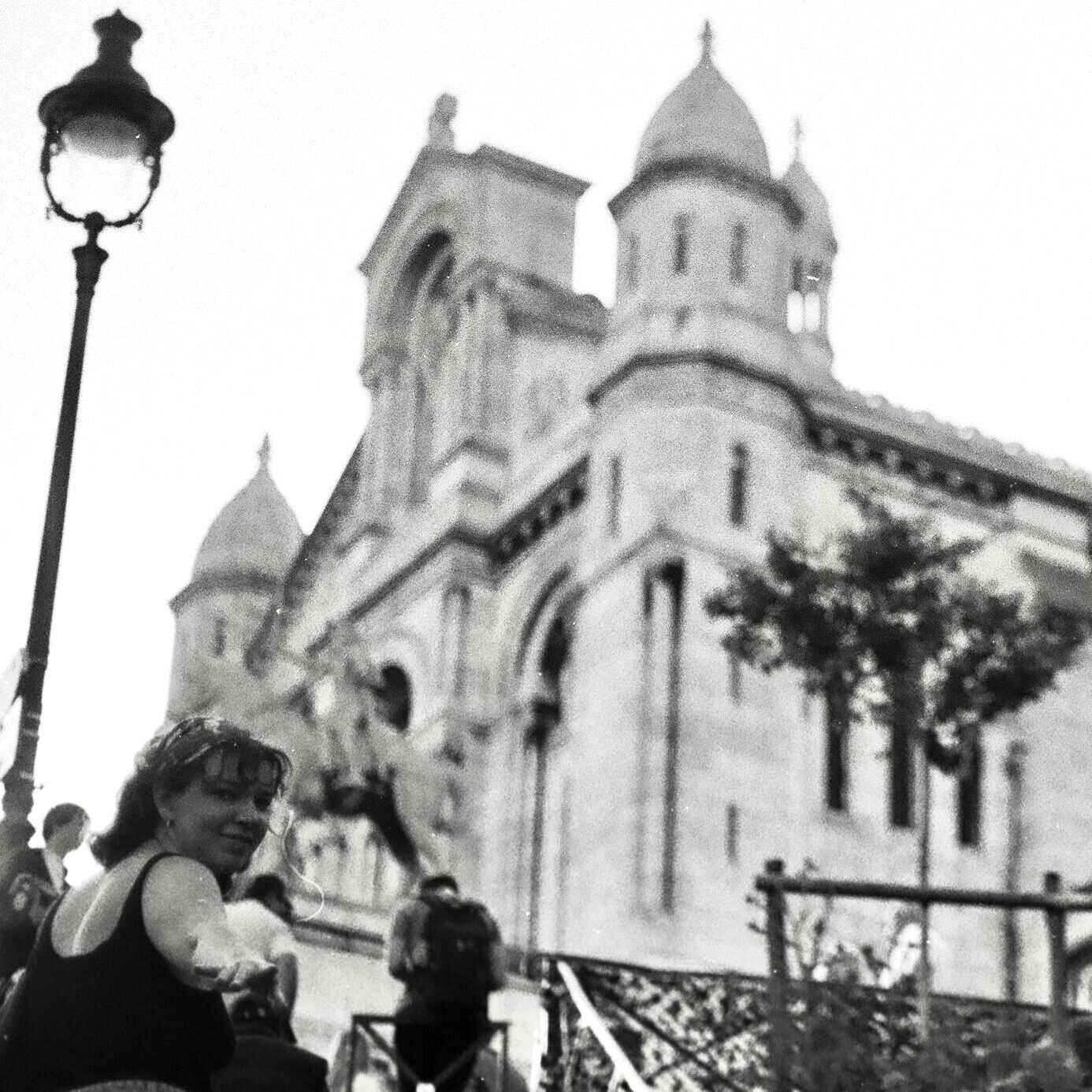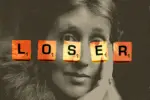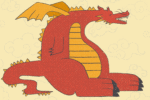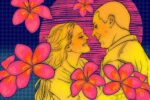The women of the west have always considered long, flowing hair to be the most glamorous and attractive hair style. However, recently it seems that the bob has reentered the race as the haircut that will turn heads. Is this hair cut just a fall trend that some girl in the Lower East Side will look back on and shake her head for giving in… or does the bob reveal a more interesting trait in the girl who braves it?
Everyone knows when a girl “does a thing” and gets her hair cut, something has shifted within her. For hundreds of years, a woman with short hair has signaled that she is not like the other girls, originating back to the national heroine of France, Joan of Arc in the 1400s. Joan, believing she was sent from God to guide France to victory against the English, cut her long, gorgeous hair. Joan took on a cropped do that stopped at her ears to transform herself from peasant girl to military leader, subverting gender roles.
After Joan, the bob has been the look of empowered women, though it fell away through the Victorian and Elizabethan Eras due to wigs and women’s general lack of autonomy. Flappers repopularized the look in the early 1900s, wanting to embrace their newfound, post-World War I freedom and liberation. However, when hair salons were either too inept to perform the cut or unwilling to go through with the daring act of helping their customers ‘try to act like men,’ the girls would turn to barbers to do the work for them.
This trend even inspired F. Scott Fitzgerald to write a short story “Bernice Bobs Her Hair,” after his sister wrote to him saying that she believed the haircut would attract some male attention she had been missing and gain her some popularity.
As with any trend, the 20th century saw the hairdo bob and weave in popularity with icons like Jackie Kennedy and Faye Dunaway sporting the look. Then in the 90s, MTV and the red carpet gave the public a look at their favorite stars in an unprecedented way. The rebellious (but fashion forward) ladies likePosh Spice covered the front page with their chopped hair, Quickly girls flocked to their nearest salon to join in on the minimal style that would rule the decade.
For decades, Vogue Editor-in-Chief Anna Wintour has donned a bob with bangs, and she’s the most powerful woman in fashion! She knows the look is best for her, telling Daily Mail: “’The one time I tried to change it, it was a disaster. I had to wear a hat for several months.”
Which brings us to today. Even though the bob isn’t as ground breaking or taboo as it used to be, there is still power in a woman’s choice to turn away from what most of the world still considers classical glamor. Men see women who cut their hair as “a near-guarantee that a girl will be more abrasive, more masculine and more deranged.” TikTok and Instagram are full of stories of girls who never cut their hair until they hadn’t broken up with a guy because their boyfriend had always preferred them with long hair.
Movie and TV writers know this haircut makes a statement, often using the act of a haircut as a device to move a story forward, showing a woman as changed, empowered. Stories meant for children like Disney’s “Mulan” show the titular character cut her hair, like Joan of Arc, to join the military and be taken seriously in the world of men.
In 90s teen makeover film “She’s All That,” Laney, the nerdy girl who gets made over, is given a trendy lob (long bob) that is meant to enhance her features and keep her from hiding behind her hair. Writers have used this cut as a way to show their character has changed and overcome adversity and come out better, sleeker, and more determined because of it.
Actress Emma Watson told “Glamour” magazine, “[I]f I had it my way, I would have just kept (my hair) short forever. Of course, men like long hair. There’s no two ways about it. The majority of the boys around me were like, ‘Why did you do that? That’s such an error.’ And I was like, ‘Well, honestly, I don’t really care what you think!’ I’ve never felt so confident as I did with short hair — I felt really good in my own skin.”
This is the sentiment that most women share when they get a bob. Either they felt they needed a change on the outside that reflected the inside or they grew into the haircut that has given so many women before them the same confidence.
No matter what the men say, it is the look of the empowered female. The bob has proven to be the haircut of feminists for hundreds of years and continues to turn heads today.


